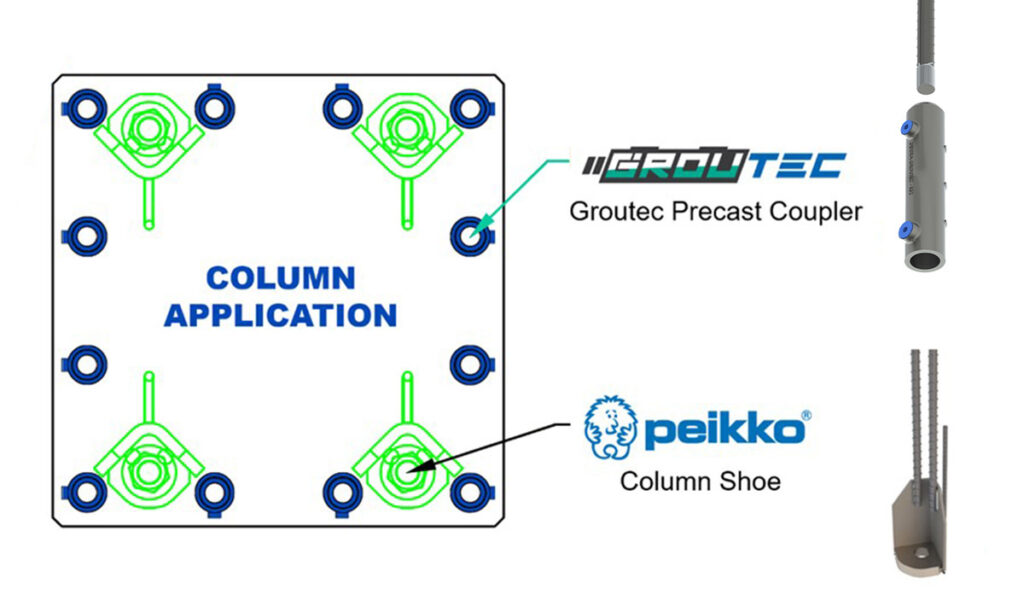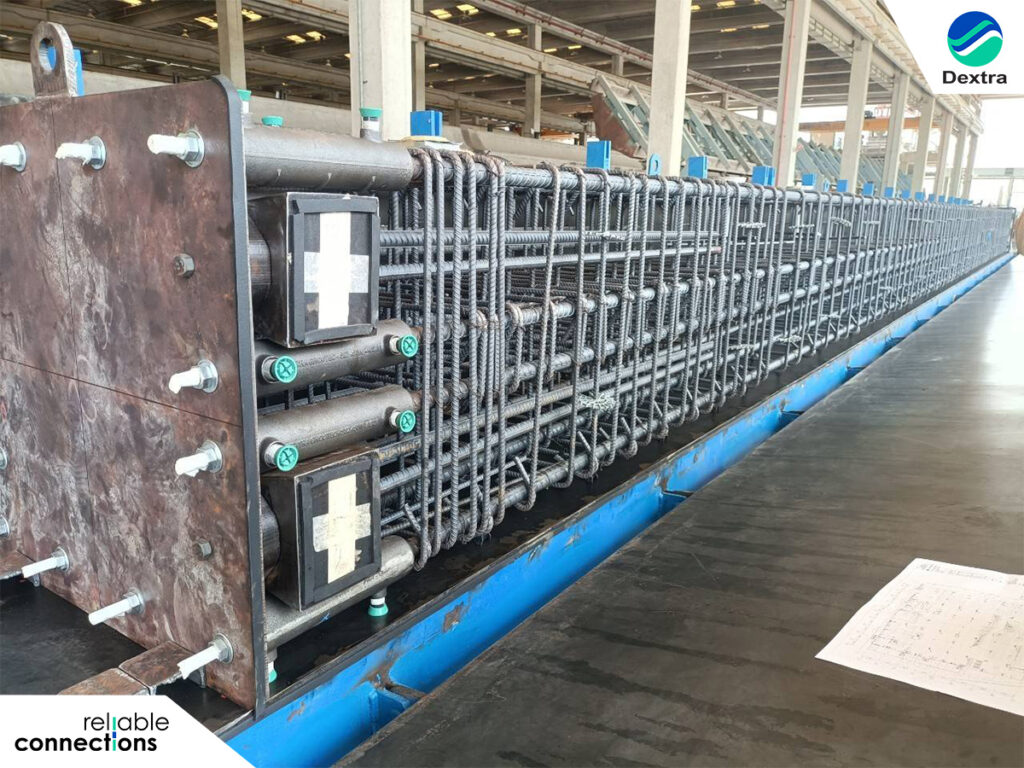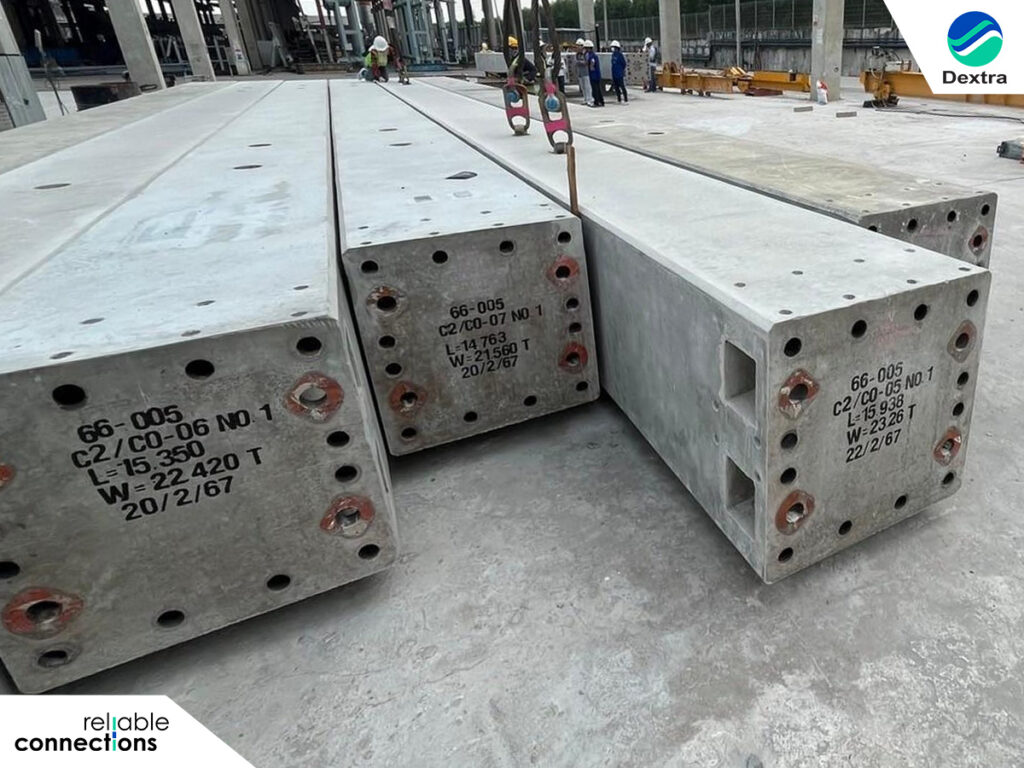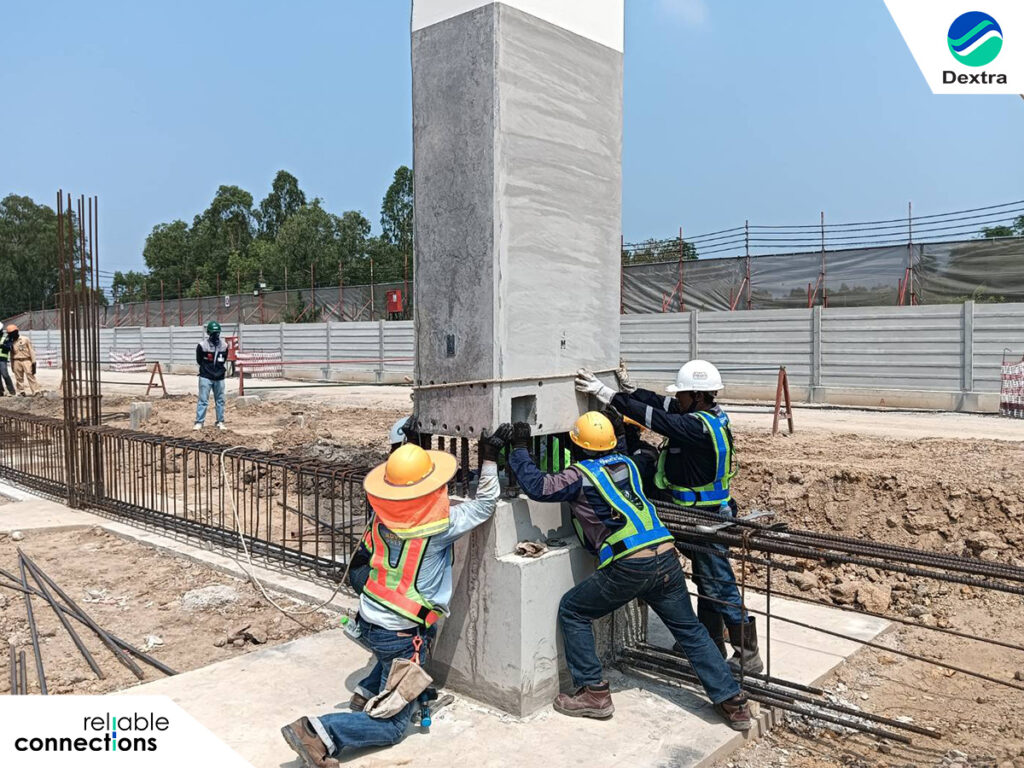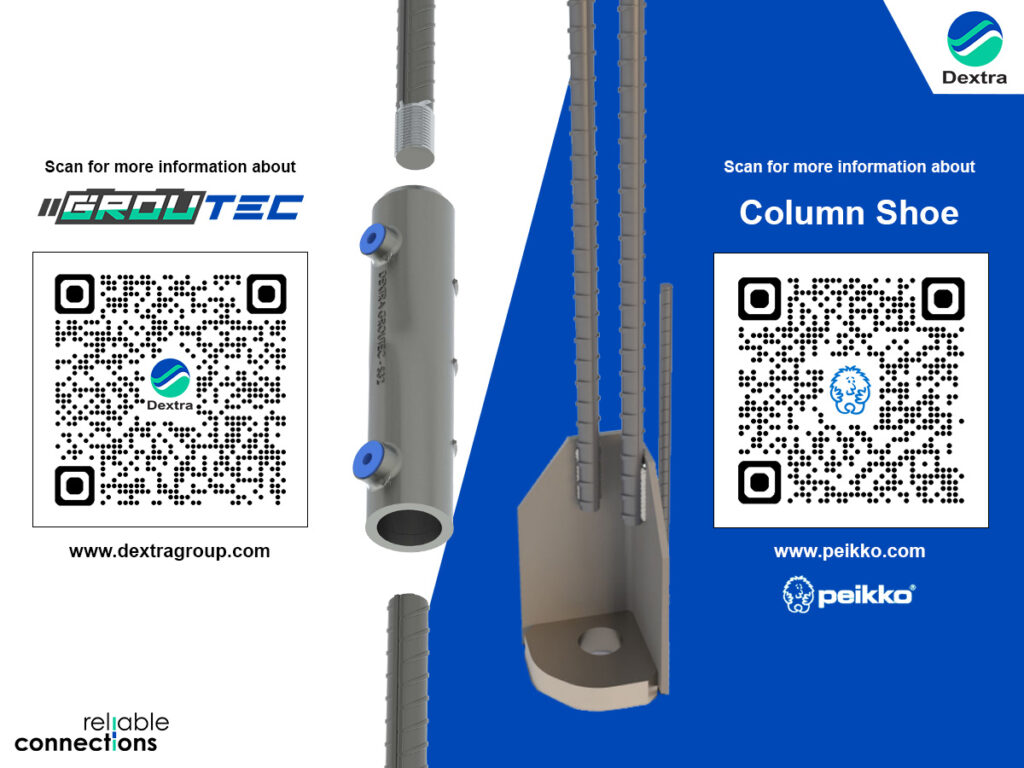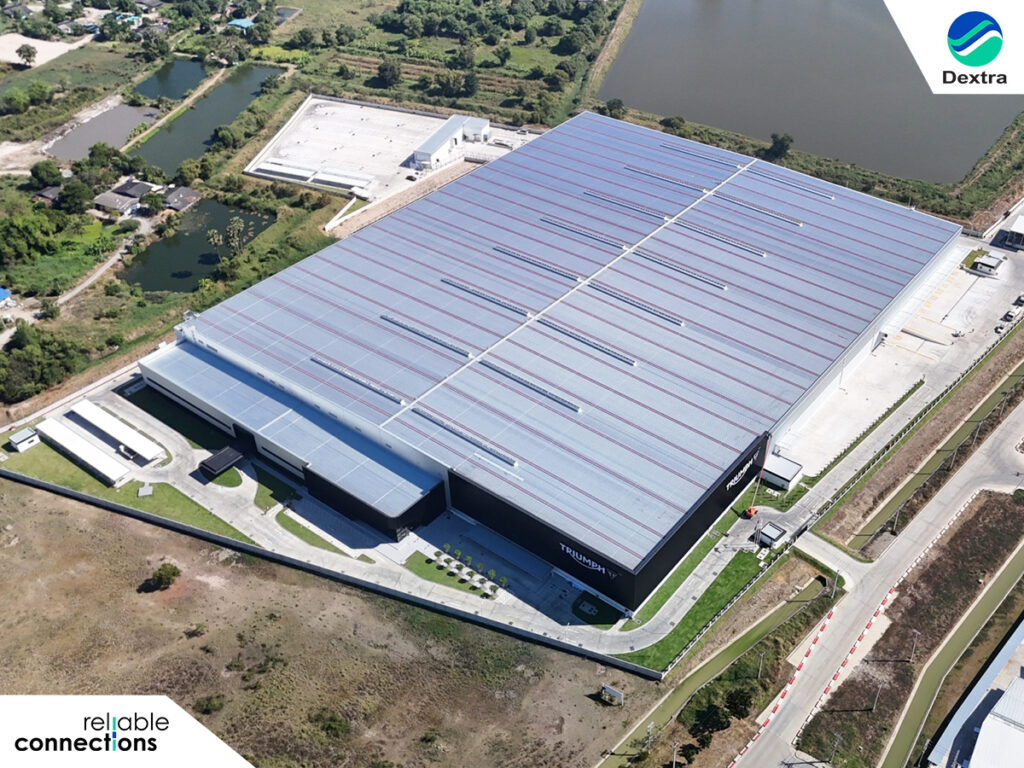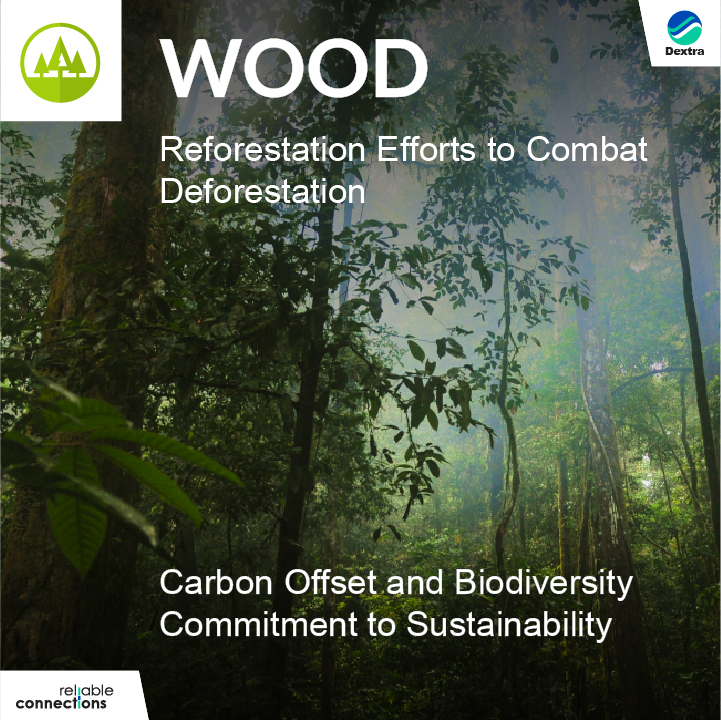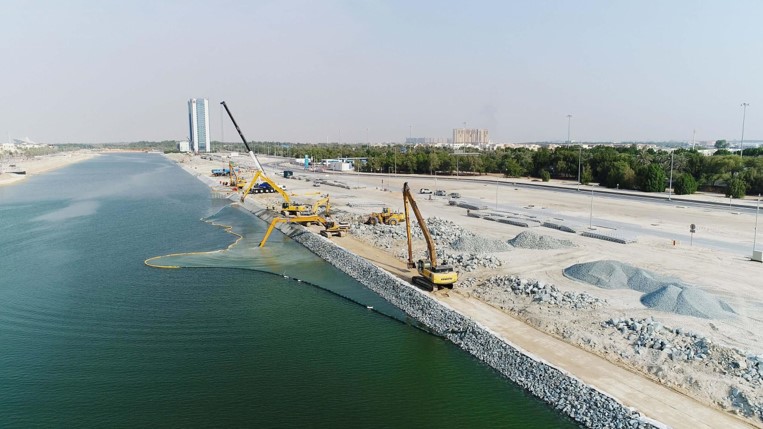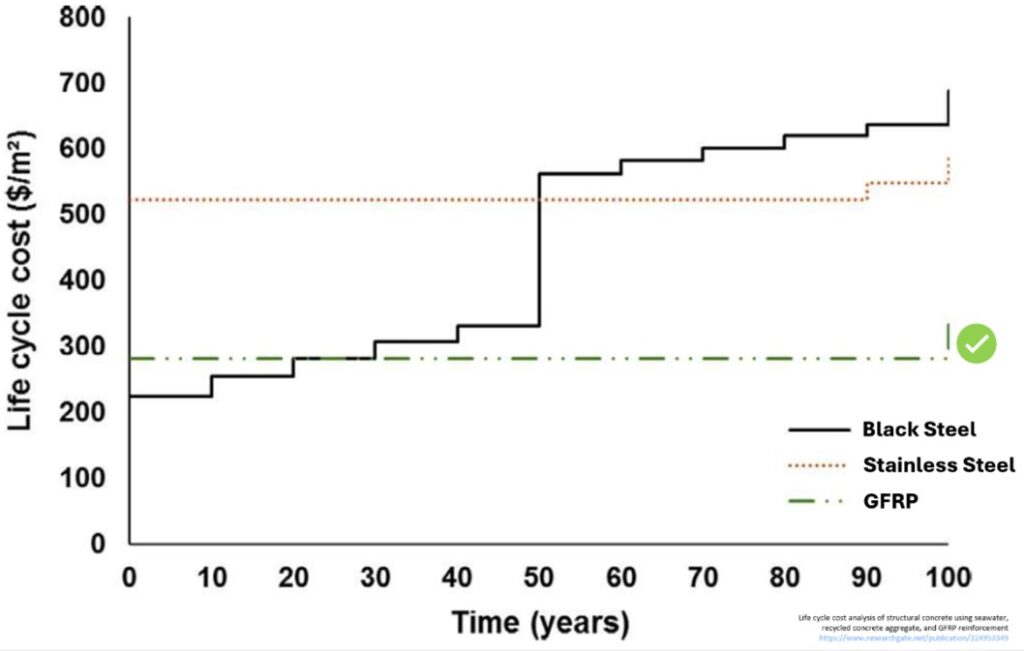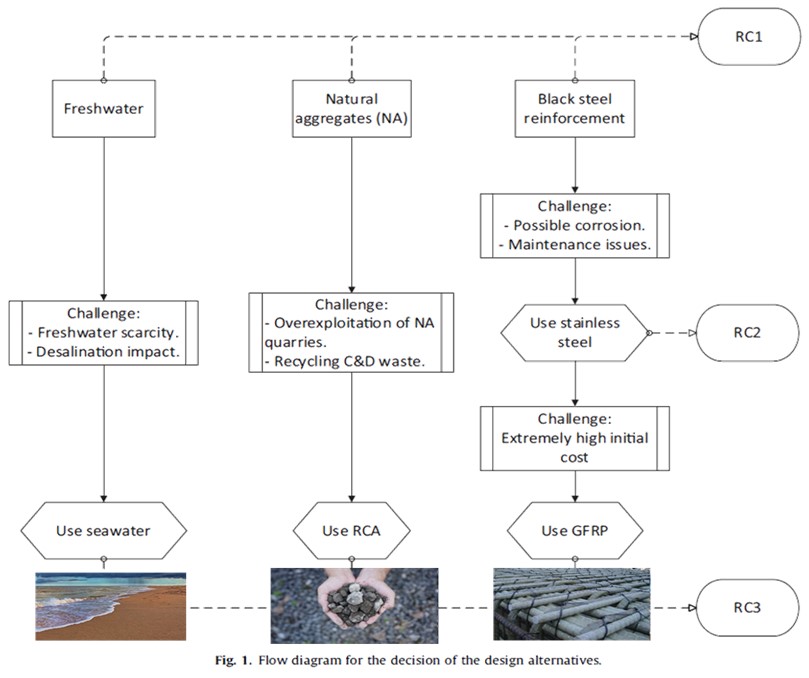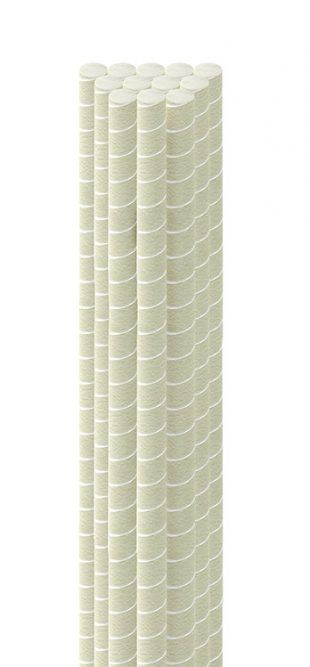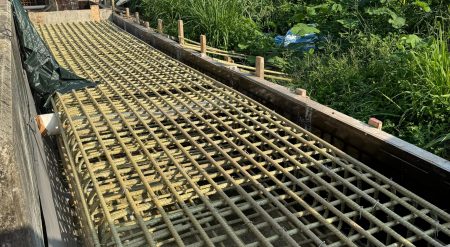Waste Reduction
One of the key advantages of rebar couplers is their ability to reduce waste. Traditional overlapping methods often result in excess rebar that must be cut and discarded, contributing to construction waste. Rebar couplers, on the other hand, allow for precise connections without the need for cutting, thereby minimizing waste. This approach not only conserves resources but also reduces the environmental footprint of construction projects.
Efficient Transportation
Transportation of rebar is another area where rebar couplers offer sustainability benefits. With traditional overlapping methods, the increased volume of rebar required leads to more frequent and larger shipments, increasing fuel consumption and CO2 emissions. Rebar couplers reduce the overall volume of rebar needed, leading to fewer shipments and lower transportation-related emissions. This efficiency in logistics further enhances the sustainability of construction projects.
Transparency and Accountability with Dextra’s EPDs
Dextra has taken significant steps towards sustainability by introducing Environmental Product Declarations (EPDs) for our rebar couplers. EPDs provide transparent and verified information about the environmental impact of products throughout their lifecycle. By offering EPDs for our rebar couplers, Dextra demonstrates a commitment to transparency and accountability in building a more sustainable future.
These EPDs cover the full range of Dextra’s rebar couplers, including Bartec®, Griptec®, and Rolltec®, and detail the environmental performance of these products from raw material extraction to end-of-life disposal. This level of transparency allows contractors to make informed decisions based on reliable data, ensuring that their choice of rebar couplers aligns with their sustainability goals.
Why Contractors Must Make the Switch
For contractors, the decision to switch from traditional overlapping methods to rebar couplers should be driven by both structural and environmental considerations. Rebar couplers not only provide a reliable and robust connection but also offer significant sustainability advantages.
In conclusion, the use of rebar couplers presents a compelling case for contractors seeking to enhance the sustainability of their construction projects. By reducing CO2 emissions, cutting costs, minimizing waste, and improving transportation efficiency, rebar couplers offer a greener and more cost-effective alternative to traditional overlapping methods. Making the switch not only supports environmental goals but also contributes to the long-term viability and success of construction projects.









